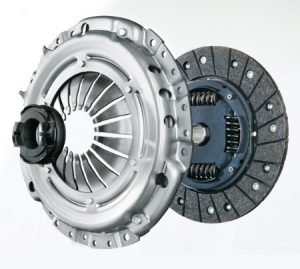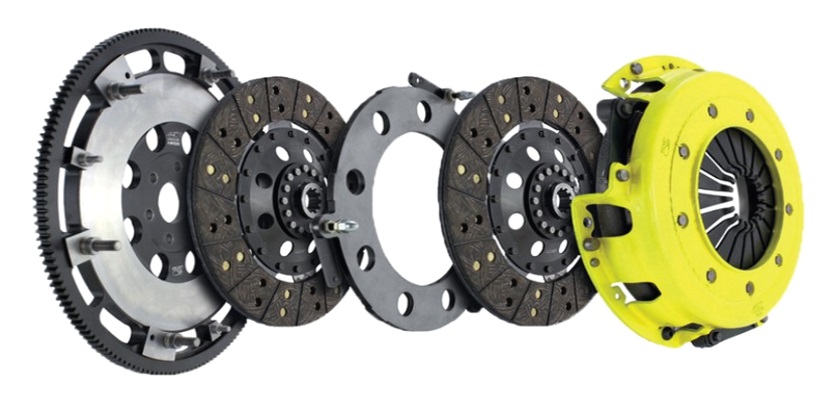What does the clutch actually do?

Alright, so if you’ve got a manual car—maybe something like a Suzuki Swift or an older BMW 318i—your clutch is what lets you change gears. When you’re crawling through traffic on Te Rapa Road or dealing with the stop-start up around The Base, you’re working that clutch all the time. Pressing the pedal down disconnects the engine from the wheels for a moment, so you can flick through the gears without crunching anything.
Inside, there’s a few bits and pieces: mainly the clutch plate (or disc), a pressure plate, and the flywheel. The flywheel’s the spinning bit connected to the engine—and when your foot’s off the clutch pedal, the clutch plate’s pressed up snug against it, sending all that engine power straight to your wheels. Sink the clutch pedal, though—like when you’re going over all those speed bumps in Hillcrest or rolling through Dinsdale—and the clutch plate pulls away from the flywheel, breaking that connection. That’s your golden moment to shift gears.
If you’re keen to see the guts of it, there’s a handy video on how clutches work—worth a nosey!
Why do clutches wear out and need replacing?
Mate, they work hard. Doesn’t matter if you’re running a Toyota Auris, a Honda Fit or even something less common like a manual Ford Mondeo—eventually the clutch gets tired, especially with all the hill starts in Rototuna or those endless Hamilton roundabouts. Over time, all the parts—like the clutch plate/disc, pressure plate, thrust bearing, clutch cylinder, and even the cable—start to wear out or cop a bit of damage. Once they’re past it, you’re likely to feel it: clutch starts slipping, makes weird noises, or just turns into a nightmare to use. One of our techs pulled a worn clutch out of a Hyundai i30 last week—looked like it’d had a hard life up and down the steep streets in Cambridge!
How do you know your clutch is on the way out?
Pretty easy to tell, even if you’re not a car nut. Here’s what we see all the time at the workshop, whether it’s someone from Morrinsville, Ngaruawahia or in town Hamilton:
- Clutch is slipping: You’ll notice the engine revs climb but your Daihatsu Sirion barely picks up speed. Dead giveaway the clutch isn’t biting like it should.
- Hard time shifting gears: If you’re crunching gears or having to muscle the stick just to get into second—pretty likely your clutch is packing it in.
- Soft or spongy pedal: Pedal goes to the floor or feels weird? Could be air in the system, or just general wear.
- Engine revs, no go: Sort of like that slip, especially obvious heading up State Highway 3 out toward Ohaupo. More noise, less movement!
- Noisy clutch action: Squeaks, rattles, or proper grinding noises mean something’s off. Maybe bearings, maybe worse.
- Burning smell: Bit of a burnt toast whiff after you’ve been stuck in the morning rush past Waikato Hospital? Might be the clutch getting cooked.
Need a new clutch in Hamilton?
If any of those sound familiar, best to get it sorted sooner than later. If you leave it, what started as an easy fix can turn into a real headache—damage to the gearbox, or sideline you completely. We see all sorts in the workshop: students with knackered Mazda Demios, tradies in manual Hiluxes from Gordonton, even a mum with a Nissan Tiida just tired out from school runs and shopping at Chartwell.
Sort your clutch and you’ll be back to smooth shifting, no dramas. No more juddering on Hillsborough Terrace or losing power at the lights in Fairfield. Our crew at Grimmer Motors can suss out clutch issues, recommend what actually needs doing, and get it proper sorted—whether you need a straightforward clutch repair or a full replacement clutch for your Euro or Japanese hatchback.
If you’re having clutch grief, want a car service Hamilton, or not sure what’s up, give us a bell at (07) 855 2037 and we’ll have a look. No stress, no big words—just honest advice and solid work.
For new car clutches in Hamilton, get in touch with Grimmer Motors today!

